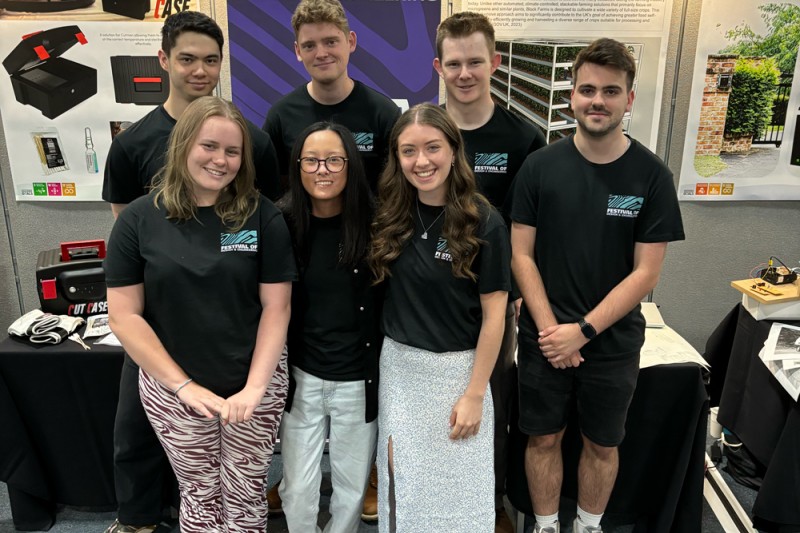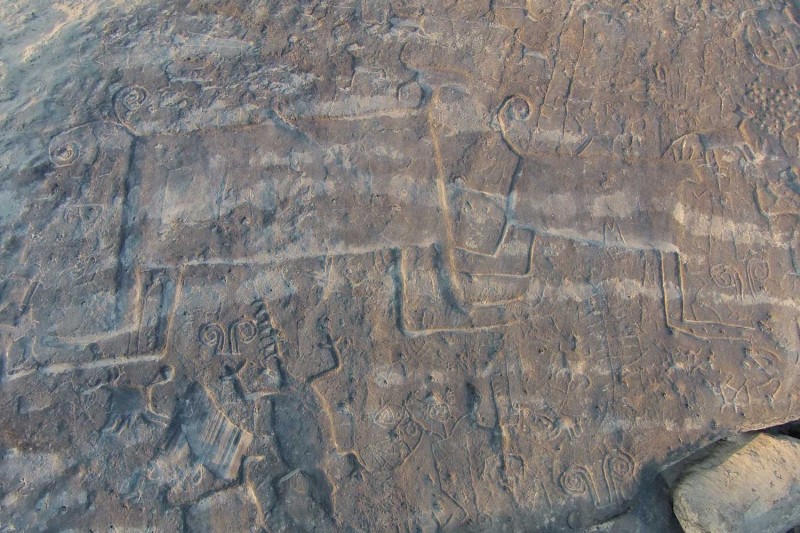In 1966, encouraged by the Austins, George Rybot, an experienced fieldworker, began an archaeological investigation of the Woolcombe farmhouse and its adjacent fields. Rybot concentrated his efforts in a field called Lower Bottom which is to the west of the farmhouse and almost adjacent to it (see Figure 2).
Lower Bottom was of particular interest because it lay in a valley which was the source of the Woolcombe stream. Woolcombe means ‘valley of the spring’. Lower Bottom also contained a number of intriguing earthworks that resembled building platforms and it was supposed that collectively these platforms represented the site of a village or hamlet of the medieval period.
In the bottom of valley there were signs of a track way that was thought to represent a medieval road. Woolcombe was considered to be an example of a Deserted Medieval Village (or DMV).
Ill-health brought George Rybot’s Woolcombe project to a premature end, but in 1984, Alan Hunt of the Dorset Institute of Higher Education (now Bournemouth University) began a new investigation with the support of Dinah Austin, the owner of the farm. As a prelude to this new project, Rybot’s site records were re-examined and a report was published by Jeanie Poulsen (1983, 77-81). Alan Hunt’s excavations at Woolcombe continued until 1992. As before, the field known as Lower Bottom was the principal focus of attention but in 1991 some new test pits and a trench were opened in what was known as the Kitchen Garden, just to the south of the farmhouse.
The archaeology of the Woolcombe ‘Kitchen Garden’ was somewhat confusing. Dinah Austin had reported that gardening activities had produced evidence of ‘a wall or walls at no great depth’ (Hunt 1992, 176). One Trench and five test pits were set out in the Kitchen Garden but the evidence from these was limited apart from the suggestion that there might have been a Bronze Age feature in this area.
By 1996, Woolcombe had been sold and the land holding had been partitioned. The new owner of the farmhouse wished to alter the layout of the building to some extent and to dam the Woolcombe stream in order to create a lake to the northeast of the farmhouse. The planning application required that an archaeological evaluation (limited excavation) and a watching brief should take place and Bournemouth University was awarded the contract for this work.
In 1997 a new trench was set out in the Kitchen Garden in order to clarify the nature of the archaeology in this area. This new work demonstrated that the area to the south east of the farmhouse had been drained by extensive pipe systems on at least two occasions and that earlier still (perhaps in the 18th-century) chalk rubble drains had been laid out. These chalk drains probably represent the features that had been mistaken for ‘walls’ by Dinah Austin more than ten years earlier.
Iain Hewitt and Ana Gonzalez Ruiz have been reassessing the evidence of the Woolcombe excavations with a published report to follow in the Proceedings of the Dorset Natural History and Archaeological Society.
Moated site or wetland hideaway?
Woolcombe farmhouse has a freshwater spring to the east in Lower Bottom, the Woolcombe stream to the north, Woolcombe Withy Bed to the east and an extensive network of field drains to the south. It is situated amongst wetlands on all sides. Is Woolcombe an example of a medieval moated site? To date, the archaeological evidence does not support this notion. However, the archaeology of the farmhouse perimeter has not been extensive and any opportunity for new investigations at Woolcombe need to take this wetland environment into account.
Forthcoming paper: abstracts
Woolcombe Farm became the subject of archaeological excavations during 1966-69 following investigations by the resident Austin family earlier in that decade. The initial field programme was directed by George Rybot, however, Rybot’s ill-health brought the project to an end after three seasons. A new programme of survey and excavation was established by Alan Hunt of the Dorset Institute of Higher Education (now Bournemouth University) in 1984 and this continued on an annual basis until 1992.
This paper gives details of an archaeological assessment and fieldwork that was carried out in the vicinity of the farmhouse at Woolcombe by Bournemouth University in 1997. Taking into account the findings of the 1997 fieldwork, the authors indicate the potential for future investigations at this medieval settlement site.
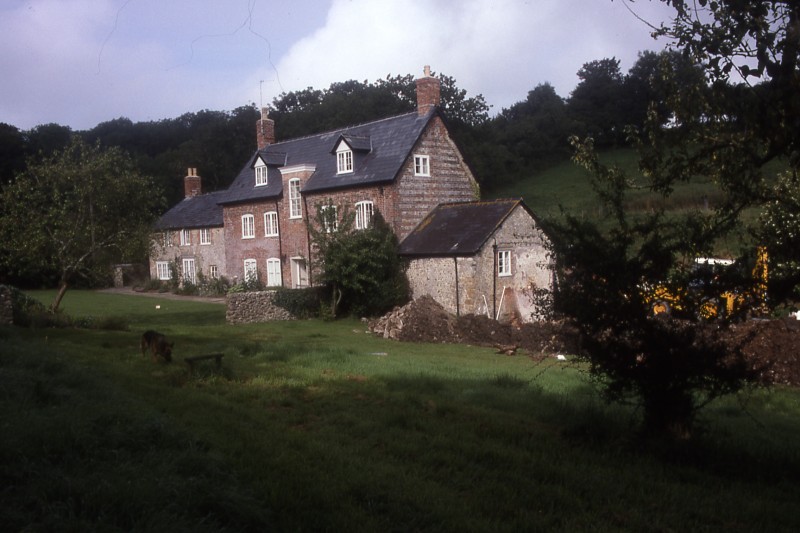 Figure 1. Woolcombe farmhouse from the southwest in 1997. The Kitchen Garden is in the foreground.
Figure 1. Woolcombe farmhouse from the southwest in 1997. The Kitchen Garden is in the foreground.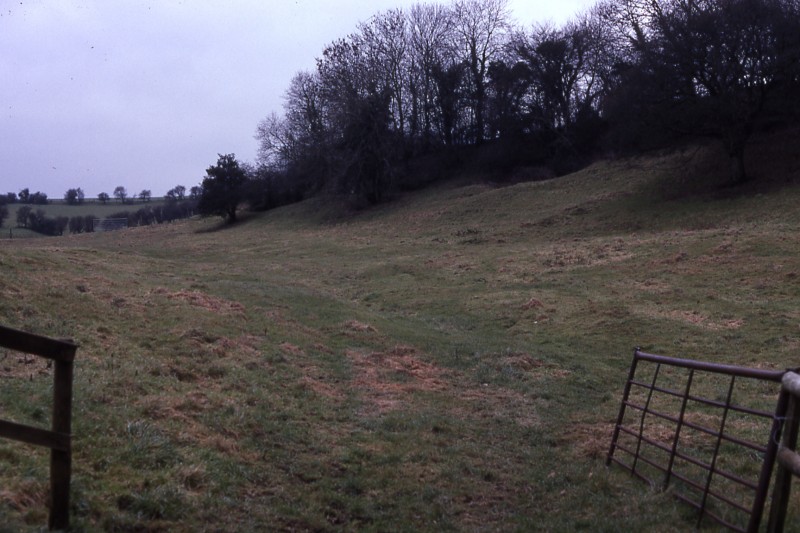 Figure 2. Lower Bottom, the field in which the principal George Rybot and Alan Hunt digs took place. The road or ‘hollow way’ is in the centre of the picture. Earthworks can be seen to the left of the picture.
Figure 2. Lower Bottom, the field in which the principal George Rybot and Alan Hunt digs took place. The road or ‘hollow way’ is in the centre of the picture. Earthworks can be seen to the left of the picture.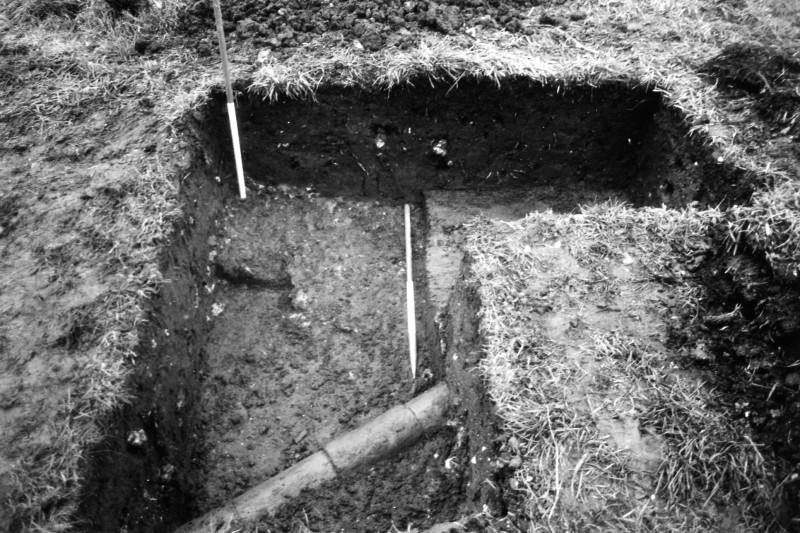 Figure 3. Excavation in the Woolcombe Kitchen Garden in 1997. A line of 19th-century field drains is visible in the trench. This demonstrates the need for drainage to the south of the farmhouse (the Woolcombe stream is on the north side of the building).
Figure 3. Excavation in the Woolcombe Kitchen Garden in 1997. A line of 19th-century field drains is visible in the trench. This demonstrates the need for drainage to the south of the farmhouse (the Woolcombe stream is on the north side of the building).